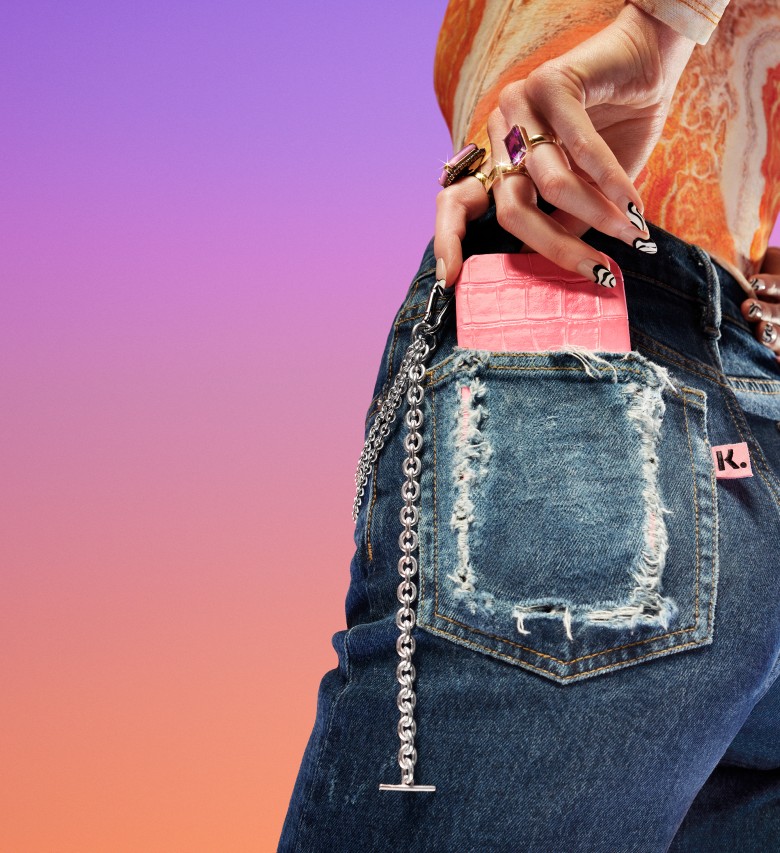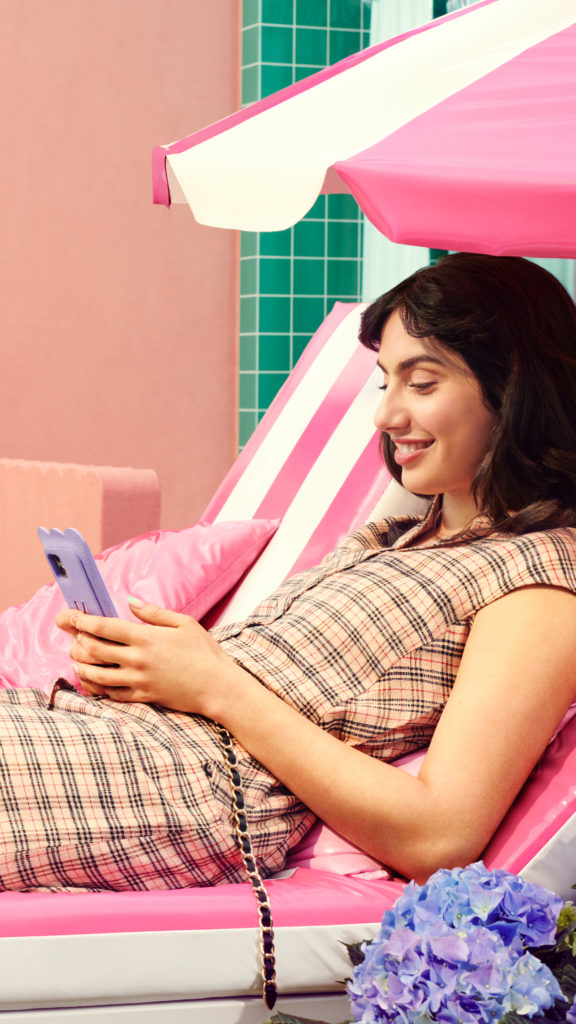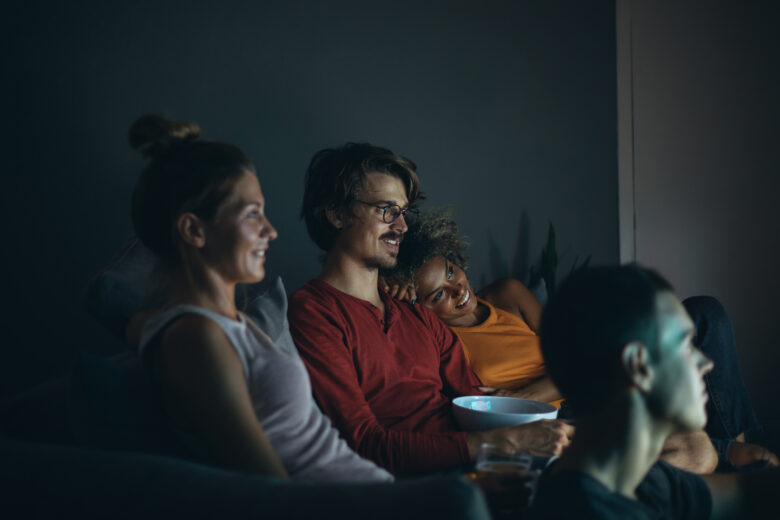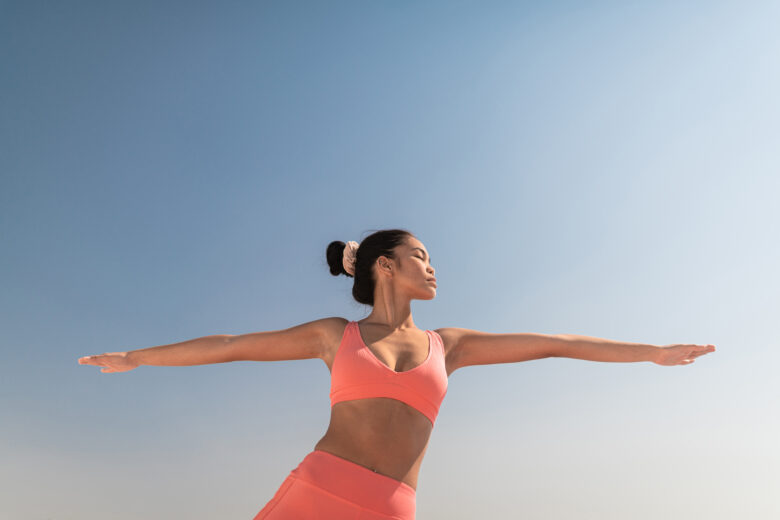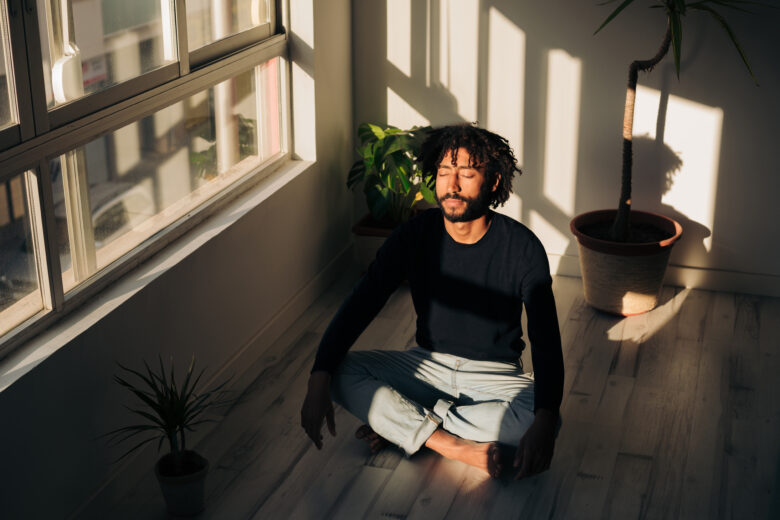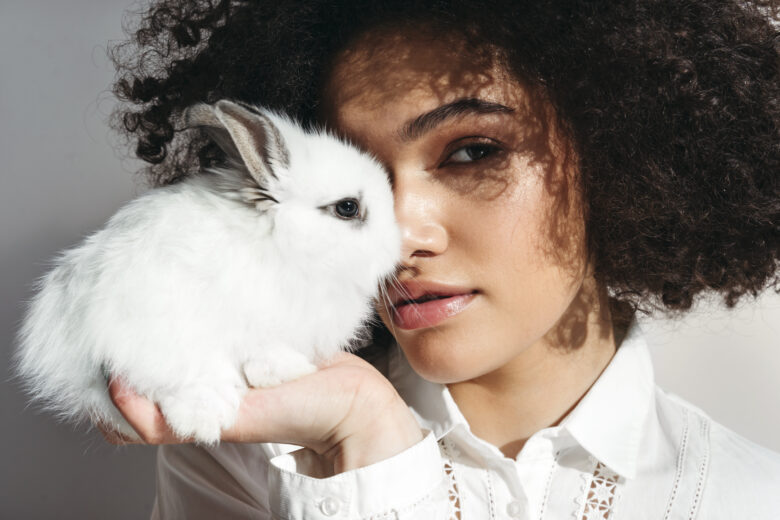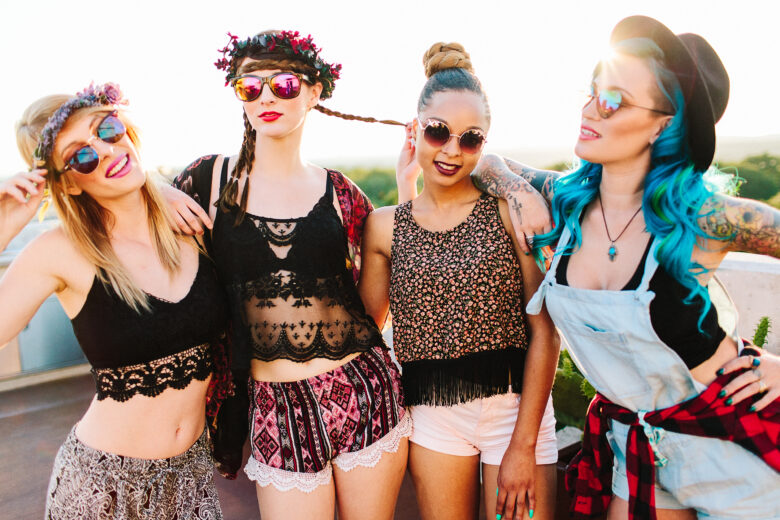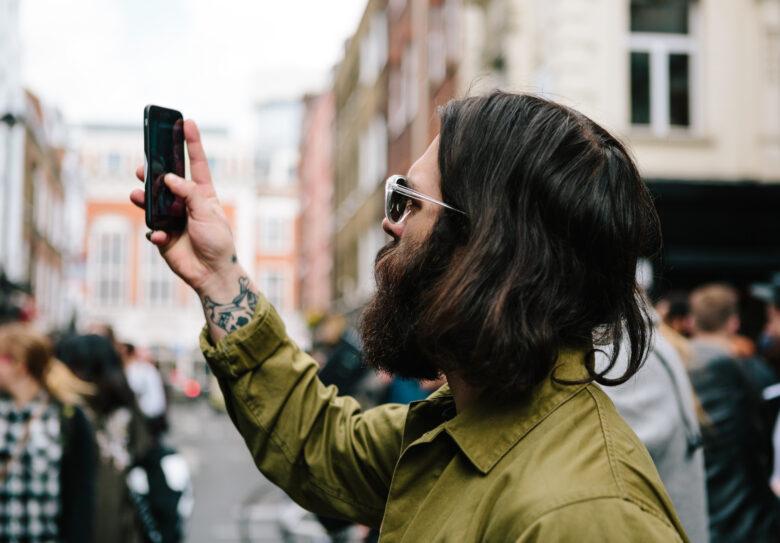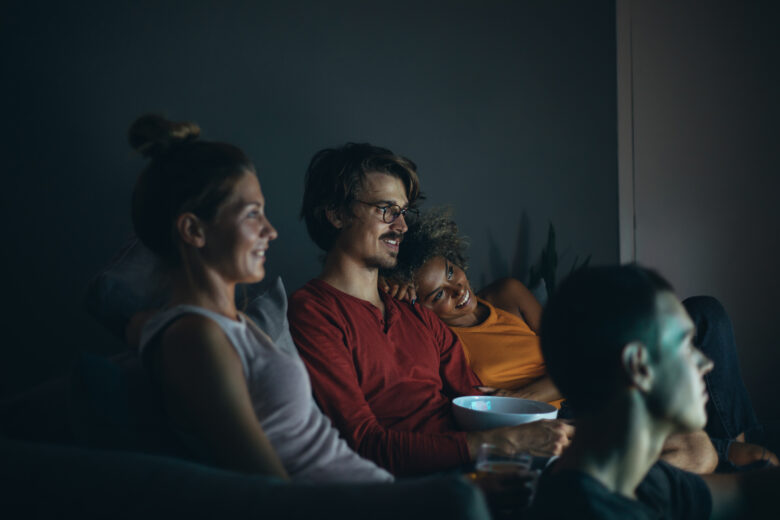
Dreams.
Dreams take many forms. There are the ones when people shut their eyes and nod off to sleep—whether for a brief snooze or a restful evening—and there’s the more aspirational sort. Some dreams see a person take flight and soar high above the earth, and some involve purchasing or acquiring a desired object.
While Klarna hasn’t yet figured out how to make that dream of you shooting laser beams from your eyes a reality (don’t worry, we’ll get engineers on it!), we are laser-focused on helping shoppers score the dream item they’ve always wanted.
In celebration of World Dream Day we’ve conducted research including more than 20 000 consumers from across the world to better understand what shoppers dream about (from the literal to the figurative). And based on what we learned we’ve created the Dream Deals Report, exploring shoppers’ dreaming habits and patterns, and their dream purchases and shopping desires.
Methodology.
Klarna research occurred in May 2022, in cooperation with Dynata and across 19 countries (US, Canada, UK, Ireland, Australia, New Zealand, Germany, Austria, Poland, Netherlands, Belgium, France, Sweden, Norway, Finland, Denmark, Italy, Spain, and Portugal). The survey includes a minimum of 1,000 respondents in each country. In total, 20,413 consumers ages 18 to 75 participated.
19 countries
20,413 consumers
Dreams.
First, the literal. With nearly 8 billion people in the world, there is a whole universe of imagination created by our subconscious every day.
This chapter explores people’s actual dreaming habits and patterns, looking at how often people dream, the types of dreams, and the most common themes globally and nationally.
The dreamiest nation is…
Quantifying the number of dreams every day is a herculean task, but when asked how frequently a person can recall their sleeping dreams, the global average comes to 119 days in a year. For those moments during the day when people drift off for a bit, the average number of days with daydreams is 107, making the combined number of total dreams for the average person around 226 per year.
While nighttime dreaming is consistent worldwide, there is a much more diverse frequency for daydreaming connected to the region where a person lives.
For example, people in Ireland are most likely to daydream (145 per year), while those in Poland are significantly more unlikely to do so (43 per year). The difference between the Nordic countries of Sweden (132), Finland (128), and Norway (124), though, is much less pronounced, with a difference of only 8 separating them. And while thousands of kilometers divide the nations, there’s no separation between the people of Australia and New Zealand when it comes to daydreaming.
- Canadians have the most dreams at night (143) on average, while the US has the most daydreams (141) per year.
- The Irish have the highest number of dreams (272) per year, counting both night and day.
- Men and women average the same amount of dreams at night per year (119), while women daydream 13% more over a year.
Daydream believers.
The US has the most average daydreams per year (141), while Ireland is the country with the most daydreams compared to night dreams (+19 more daydreams), and Poland and France are on the opposite side (+63 more night dreams).
Day dreamers
US, UK, Ireland, Australia, New Zealand, Sweden, Finland
Night dreamers
Canada, Germany, Austria, Poland, Netherlands, Belgium, France, Norway, Denmark, Italy, Spain, Portugal
The dreams of youth.
The younger you are, the more likely you will have healing dreams or ones where you dream something that later actually happens, while lucid and recurring dreams seem consistent across generations. On a global average, Gen Z’ers are more than twice as likely to have healing (+145%) and prophetic (+123%) dreams than Baby Boomers.
Highest share of
Healing dreams: US, Canada (24%)
Prophetic dreams: US, Canada, Poland (32%)
Lucid dreams: Spain, Portugal (50%)
Recurring dreams: Sweden, the Netherlands (53%)
Keeping the dream alive.
While everyone has dreams, not every dream gets remembered. About every fourth person occasionally writes down their dreams, but only a few keep a regular dream diary.
The eagerness to recall dreams seems to be a generational preference, as Gen Z’ers (45%) and Millennials (37%) are far more likely to write down their dreams as compared to Gen X’ers (17%) and Baby Boomers (7%).
Most people (60%) say they have researched what their dreams mean, and 1 in 4 Gen Z’ers (24%) do it often.
Would you like cheese on that?
More than a third of people (37%) say they’d actively choose to eat or drink something that would help them remember their dreams better. That’s especially great news for dairy manufacturers, as research shows cheese may help with dream recall. Thanks to their cheese consumption, Canadians (37%) are the most likely to have already remembered a dream. Italians are very willing to try this (53%), making them more than twice as willing as the Danish (25%) to do so and significantly outpacing their American (24%) and European (19%) counterparts.
Dreams of adventure.
As for the most common types of dreams, people often experience exploring nature and seeing distant places, more so than imagining themselves as an athlete, musician, or artist. If you’re experiencing an even more far-out dream, you’re in good company, 1 in 5 people has dreamed about going to outer space.
Distant new places.
- Women dream more often about exploring nature and seeing distant places on Earth. In contrast, men more often dream about going to outer space. However, the differences are more significant across generations than between genders.
- 30% of Gen Z’ers have dreamt about being social media influencers. That’s least prevalent in Austria (21%) and most common in New Zealand (40%).
Dreamed I was someone new.
Reflecting their values and interests, Gen Z’ers and Millennials are more likely to dream about quitting their jobs to pursue passions or turn hobbies into careers, or dream about innovating something impactful or innovative for the greater good.
Meanwhile, for people over the age of 40 there seems to be a drastic decrease in dreams overall.
The only consistent dream among all generations is around travel or going on vacation.
Balancing good and villainy.
Dreams where a person becomes a superhero, are more common than dreaming about being the villain in all countries, but there are wide variations in how frequent it is across borders. Spanish people are ten times more likely to dream about being a superhero than a villain, whereas in Finland and Poland, they dream about being a villain almost as often as being the hero.
In a similar comparison, it seems that there is a clear divide between countries when it comes to whether it’s more common to dream about becoming a real person or a fictional character.
The ideal dream purchase.
Having explored what people dream about while asleep, in this section, we explore what shoppers across the world consider to be a “dream purchase.” For many shoppers, there is one (or many!) items out there they have been pining over or admiring from a distance. Some items are more obtainable, others are more aspirational. Either way, we checked in with shoppers on how long they’d wait to make a purchase, how much they’re willing to spend, and more.
What triggers a dream purchase?
In some countries, as many as two-thirds of people have an ideal dream purchase they are looking to purchase. And about half say there is a specific event that would trigger a dream purchase. What that occasion is, varies across countries and generations, but the most common reason seems to be moving to a new residence.
Baby Boomers (20%) are four times more likely to consider retirement a motivator for a dream purchase compared to younger age groups (5%) for whom retirement feels much farther away. On the contrary, at the starting point of working life, Gen Z’ers (20%) are ten times more likely to consider graduation a motivating factor compared to Baby Boomers (2%).
Dreaming for someone else.
Shoppers aren’t only thinking of themselves, approximately half also have a “dream purchase” for someone else. Most often, that someone is a family member or significant other—this is consistent across age groups. However, the younger you are, the more likely you are to be planning to surprise a friend over a family member with their ideal dream purchase.
Defining a dream purchase.
The idea behind dream purchases is something that solves a particular need or opens up new life opportunities, and is consistent across generations. However, younger generations are more likely to consider dream purchases as something to support their hobbies, or that has emotional value.
Open up new life opportunities or solve a particular need?
- Americans and Australians are more likely to consider a dream purchase to open up new life opportunities. At the same time, Canadians and Europeans are more likely to want something to solve a particular need.
The price is right? Or the time?
More than one-third (37%) insist it’s impossible to put a price tag on what should be considered an ideal dream purchase, and most shoppers (55%) say there is no specific timeframe one has to wait for an item to become a dream purchase.
And the older (and more experienced?) a person is, the more likely they are to believe a dream purchase doesn’t have to come with a specific price tag or that they have to wait to make their dreams come true. However, among those who would put a price tag on a purchase, only 15% say it has to cost more than $5,000.
And for those saying one needs to wait a specific time before an item becomes a dream purchase, it appears people are eager to make their dreams come true, considering purchasing the item in roughly 95 days, or three months, on a global average.
Reasons for a dream deferred.
The top hindrance preventing a dream purchase is cost (62%). Overall, the average time people are willing to wait for a discount for their dream purchase is 134 days, or about 4-5 months. At the same time, 26% of people are willing to wait however long they have to, while 13% say they won’t wait for a discount at all.
Gender, more than age, seems to have a bigger impact when it comes to being patient for a good deal. Women (29%) are more willing to wait as long as it takes compared to men (22%), while Baby Boomers are both twice as likely to wait as long as it takes (36%) and not wait at all (19%) compared to Gen Z’ers (16% and 7%).
The objects of dreams.
One common experience we’ve seen across demographics and borders is people dreaming about something they do not yet own or possess—call it the “Rosebud effect,” in honor of Citizen Kane. Moving from the ethereal to the (potentially) more tangible, for many people, there are also items they don’t yet possess but are considered “dream purchase.”
Dreams about missing items.
It’s widespread to dream about participating in an activity requiring an object you don’t have (imagine skiing without the skis). Another common theme involves owning an item you don’t actually possess when you wake up (like a magic wand that turns random objects into pastries). About half (43%) of people can recall dreams with these ideas. In these dreams, people are most commonly participating in sports or exercise without the proper equipment, or owning unique fashion items. One noted difference, men regularly imagine owning high-end electronics only to wake up and realize it was just a dream.
Lemme upgrade ya.
Half (49%) of shoppers worldwide are currently looking to level up or improve something important to them. Among the genders, men are more likely to be waiting to make purchases for Electronics, Entertainment, and Leisure, and Sports & Hobby, while women favor Clothing & Shoes, Jewelry & Accessories, Beauty, and Home & Garden to a greater extent.
The most popular products to dream about are electronics, but comparing all age groups to each other, the priorities more clearly shifts:
- Gen Z: Beauty, and Jewelry & Accessories.
- Millennials: Children’s Products, and Beauty.
- Gen X: Leisure, Sports & Hobby, and Home & Garden.
- Baby Boomers: Baby Boomers: Home & Garden, and Leisure, Sports & Hobby.
Kicking up the look.
Among those looking for fashion items, shoes are the top item to level up or replace for both women (49%) and men (50%). Apart from footwear, men want new jeans and jackets, while women prefer dresses and jewelry.
Top of the fashion carts.
- US shoppers are looking for accessories like hats, gloves, and belts (31%) and jewelry (49%) to a greater extent than in any other country, while in Spain (40%) of people are most eager to level up their swimwear.
- The greatest differential in priority comes around the desire to buy a new bag with New Zealand (37%) and Germany (7%) in stark contrast.
Leveling up their favorite things.
Hobbies are one of the areas where people are actively looking to upgrade or replace their current items. Overall, about 24% of people on average are looking to do so, with some activities (like making music or learning a new instrument) seeming to attract more dream purchases than others.
Gamers want to level up.
- More than one-third of people playing computer/video games (35%), and those who make music or are currently learning a new instrument (34%), would like to improve an item they use for that activity.
- The activities people feel less inclined to level up or replace an item are dancing, yoga, and pilates.
Dreams and DIY activities.
More than one-fourth (26%) say DIY activities like painting, sculpturing, knitting, and crocheting are among the things they like to do the most.
The most popular DIY activity for all generations is painting, except for Baby Boomers who prefer knitting. However, comparing the preferences of all age groups to each other, the preferred activities become more diverse—and so do the things they would like to try the most.
The DIY activities that each generation currently do, and would like to try, the most compared to other generations.
| Age group | Current favorite | Would like to try the most |
| Gen Z | Sculpturing | Knitting |
| Millennials | Calligraphy | Knitting |
| Gen X | Candle & Soap making | Jewellery |
| Baby Boomers | Knitting | Painting |
And that’s that.
Thirsty for more knowledge?
Make sure to check out the other reports available at Klarna Insights.



